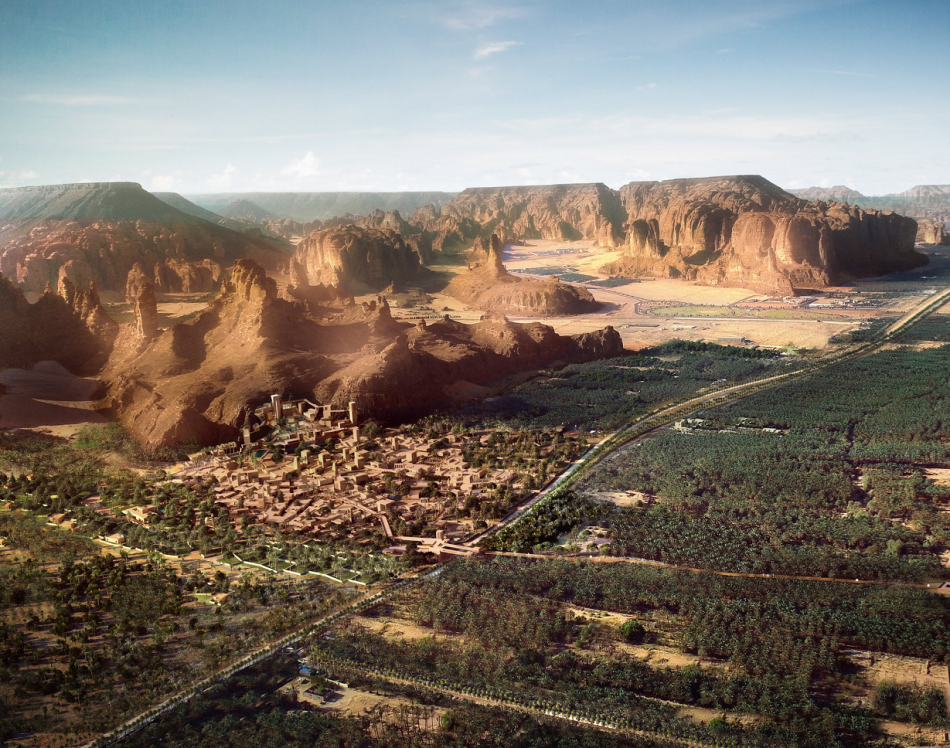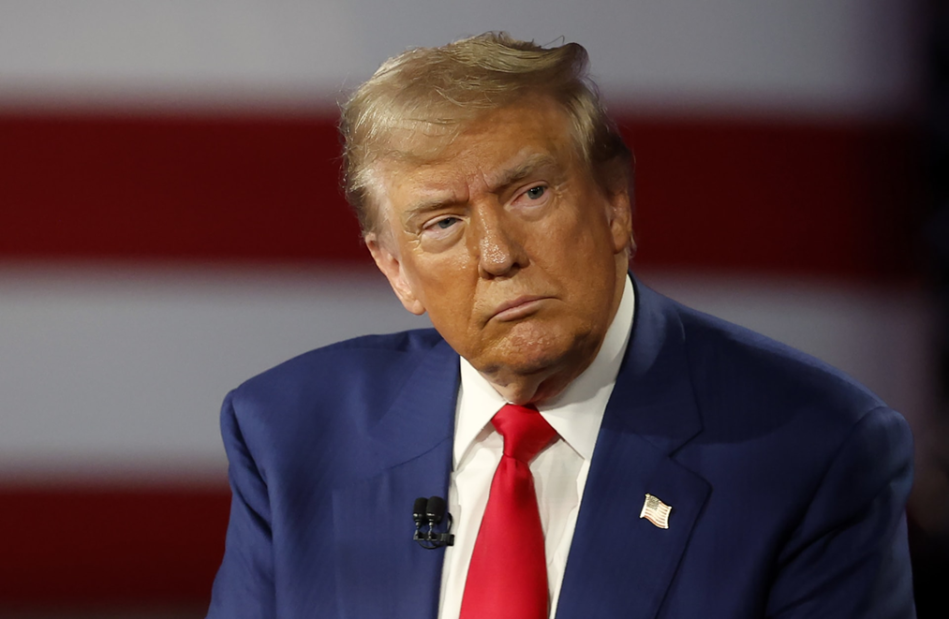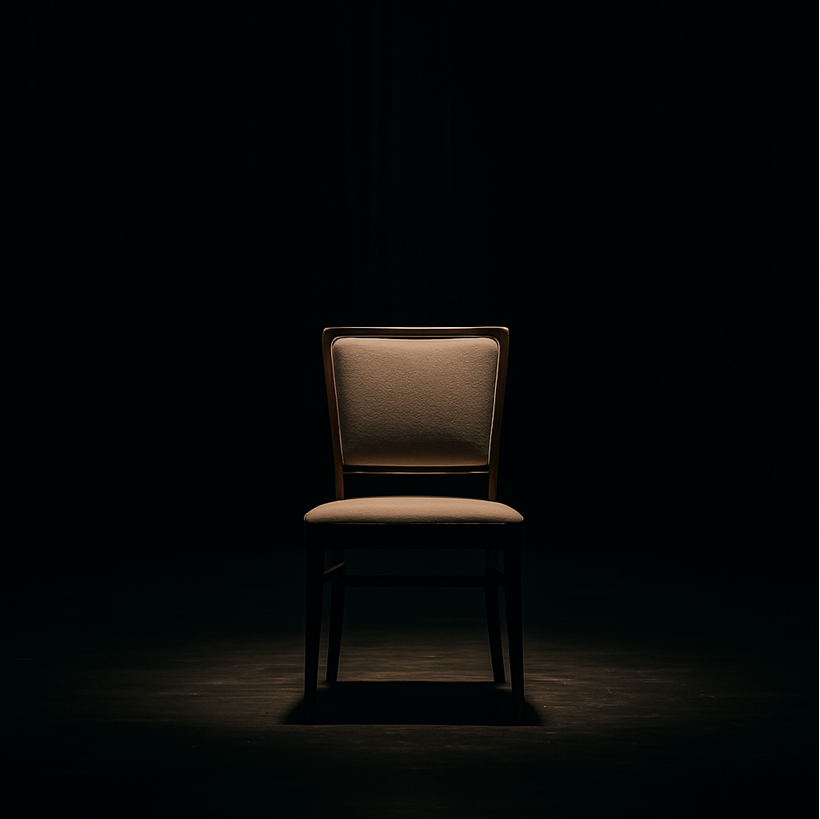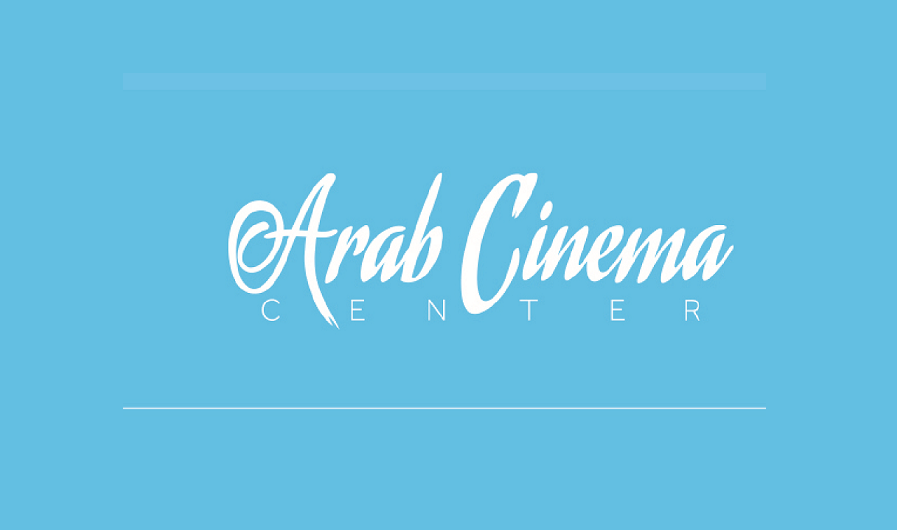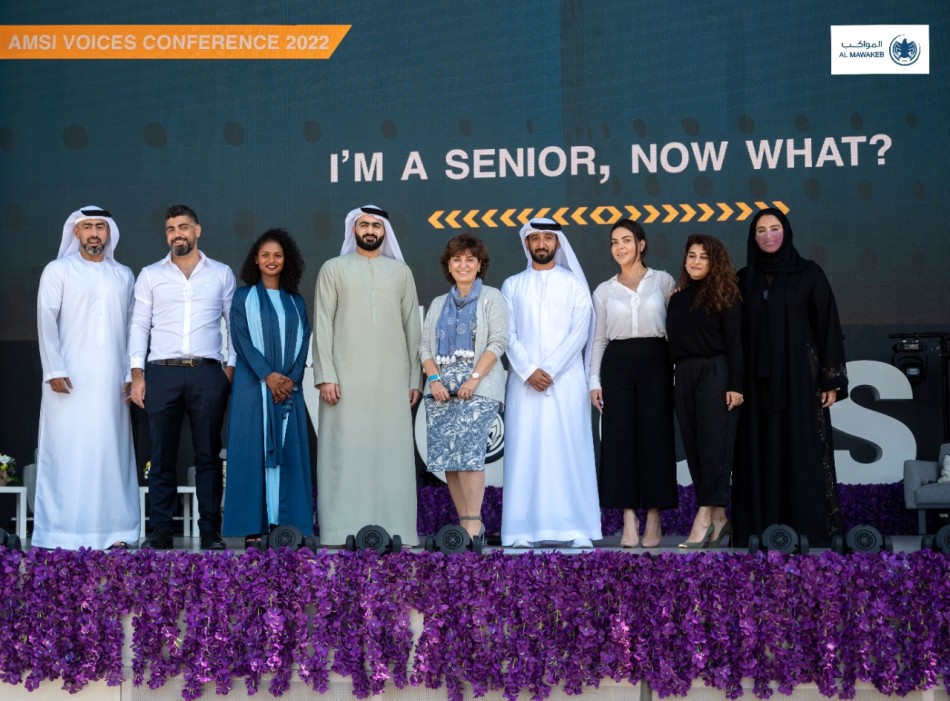Saudi Arabia presents its historical treasures and unique cultural heritage to the world
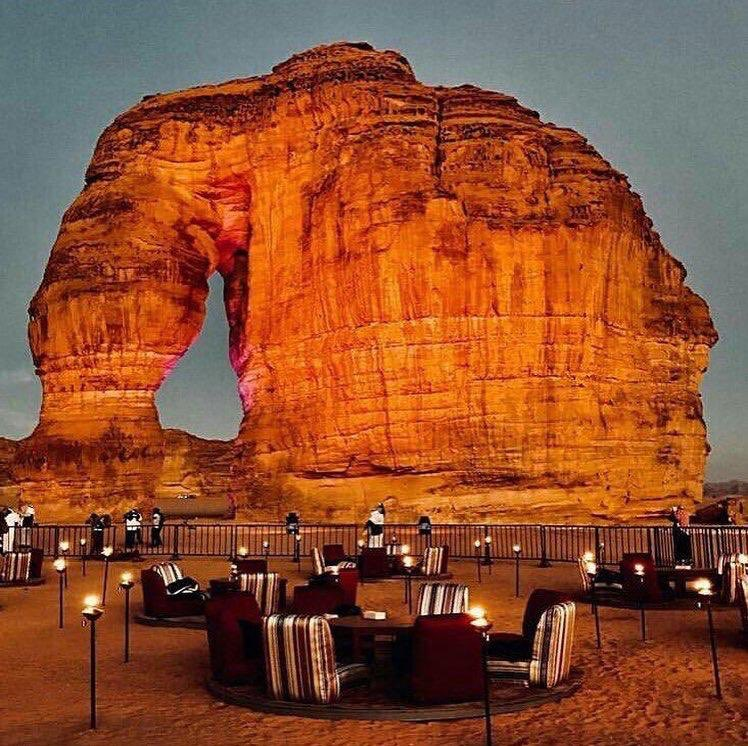
7 Saudi archaeological sites are included in the World Heritage List .. And an upcoming list is on the way
Restoration and development of 130 mosques within the historical mosques development project
The number of registered archaeological sites increased to 8917, and about 3646 urban heritage sites
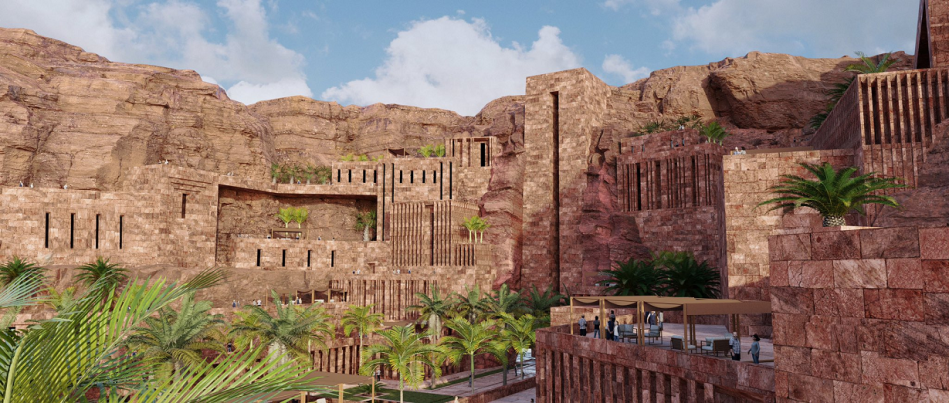
Beth agency:
The United Nations Educational, Scientific and cultural organization (UNESCO) has adopted "World Heritage Day" on April 18 annually for the purpose of protecting the common human world heritage and promoting international understanding and cooperation on the protection of heritage properties.
On this occasion, the Heritage Authority in the kingdom of Saudi Arabia celebrates World Heritage Day, keeping pace with the countries of the world, highlighting all Saudi efforts to preserve cultural heritage, reviewing its achievements in the field of protecting and preserving these treasures.
The Heritage Authority organizes light and sound shows on Yanbu's historic buildings for two days, as part of its activities and events to highlight the national heritage and evoke historical sites in various regions of the kingdom.
In this context, the kingdom of Saudi Arabia is witnessing an important cultural stage, and qualitative transformations have been achieved since the launch of the national strategy for culture by Prince Badr bin Abdullah bin Mohammed bin Farhan, Minister of culture, in 2019, which is based on giving a new voice to Saudi culture, enhancing its identity, preserving its cultural heritage, developing the cultural sector, as well as preserving tangible and intangible heritage within the ministry's work agenda, in order to achieve the goals of "Vision 2030".
Treasures of the kingdom
The kingdom's heritage treasures are reflected in a huge calendar of multi-cultural heritage, starting from the heritage costumes that reflect the national identity, handicrafts and heritage products that formed a source of livelihood for their makers from the community in the past, in parallel with an action plan to excavate precious archaeological finds throughout the Kingdom, and the cultural heritage and global wealth, culminating in thousands of its efforts to serve heritage, protect monuments, and preserve cultural identity Patriotism.
7 sites and 11 cultural elements
The kingdom has succeeded in registering 7 Saudi archaeological sites on the UNESCO World Heritage List, as they carry historical and heritage value that has made them a distinguished tourist attraction worldwide. The competent authorities seek to preserve the historical and heritage richness of the Kingdom and highlight it to the world by adding more Saudi sites to the UNESCO World Heritage List.
These sites included, Wadi al-Hajar; the beating heart of human civilization, the historical Al-Turaif neighborhood, the nucleus of the State Building, and the historical Jeddah area; the Marine and historical living Window, Rock Art at the sites of jbeb, Rata, and Al-manjour (shuwaims) in Hail region, and Al-Ahsa Oasis; the green jewel in the heart of the desert, and the largest rock art complexes in the Hama cultural area, in addition to the free reserve of awiredh; the last Saudi sites registered in the list.
A number of Saudi material heritage sites are also waiting to join, represented by a number of fixed monuments such as written and movable inscriptions, including sculptures, historical pieces and objects, the urban heritage represented by what man has built through the ages, archaeological sites that include fixed, movable, buried and sunken objects, and joint works between man and nature from archaeological sites of exceptional value.
Through individual and collective efforts, the kingdom was able to register a number of elements of intangible cultural heritage, starting with the camel shoe, an oral tradition of calling camel herds to Khulani coffee, and the practices associated with the cultivation of this grain, as well as Arabic calligraphy. In addition to Arabic coffee as a symbol of generosity, the oboe dance is historically popular in the cities of the west of the kingdom, the Majlis is a cultural and social place characterized by Arab culture, the Najdi offering and the poetic chants associated with it.
These achievements reflect the scale of the Saudi effort in the heritage sector, crystallized by important figures and statistics that formed a simulation of antiquity, as evidenced by the increase in the number of registered archaeological sites in all regions of the kingdom to 8917, about 3646 urban heritage sites registered in them, and more than 5393 craftsmen registered in the National Register of handicrafts.
This registration represents a continuation of the Heritage Authority's continuous efforts in discovering archaeological and historical sites in the kingdom, registering them officially in the National Register of antiquities, and then projecting them on digital maps that enable them to be easily managed, protected, and preserved, building a spatial database of registered archaeological sites, preserving and documenting the works being carried out on them, and archiving documents and photos of heritage sites in the kingdom.
In September 2023, Riyadh hosted the work of the 45th expanded session of the UNESCO World Heritage Committee, in the presence of about 3 thousand guests from 21 countries; a proof of the deep cultural roots of Saudi heritage sites, and confirmation of the huge efforts exerted by the kingdom over the past years, resulting in the presentation of many heritage treasures related to a wide history of civilizations, cultures and tales to the whole world, which received international media responses.
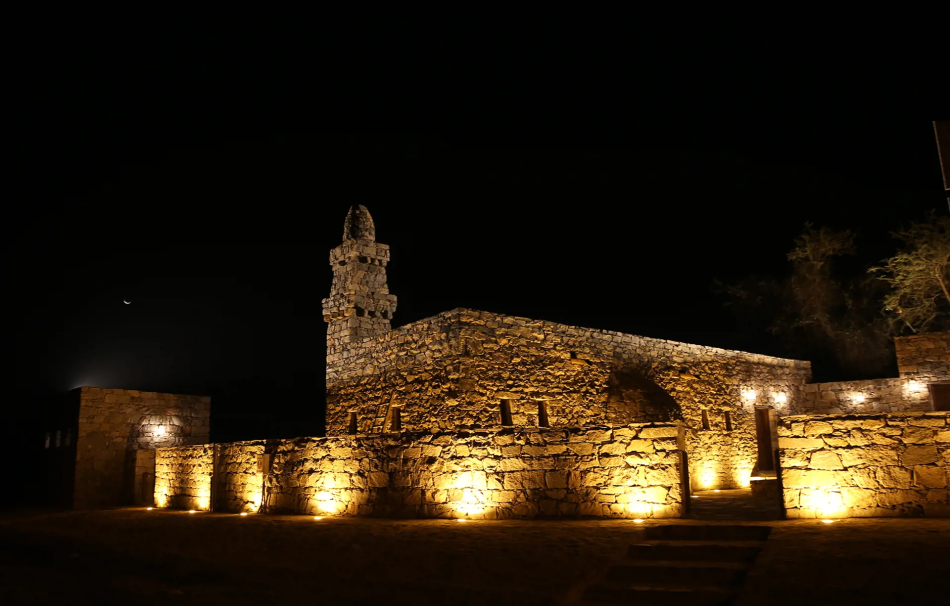
Historical mosques development project
The Prince Mohammed bin Salman project for the development of historical mosques is one of the most prominent Saudi projects to preserve the identity of the urban heritage in the Kingdom, and to root the aesthetics of local architecture, through the restoration and development of 130 mosques, one of the most historically, culturally and socially profound mosques in the kingdom.
His Royal Highness Prince Mohammed bin Salman, Crown Prince and prime minister, launched the project in 2018 in order to preserve the Saudi urban identity and share the kingdom's culture and cultural heritage with the countries of the world.
In the first phase, a team of experts and specialists in heritage buildings restored 30 mosques of value and importance at the level of the kingdom's regions, paying attention to the unique architectural character of each mosque and achieving the elements of originality and integration.
The project, which is currently in its second phase, is based on 4 strategic objectives, which are to rehabilitate historical mosques for worship and prayer, restore the architectural originality of historical mosques, highlight the cultural dimension of the kingdom of Saudi Arabia, enhance the religious and cultural status of historical mosques, and contribute to highlighting the cultural and civilizational dimension of the kingdom, which is focused on Vision 2030 by preserving the authentic urban characteristics and benefiting from them in the development of modern mosque design.
Platform "build"
In December 2023, the Heritage Authority announced the launch of the "banaa" electronic platform as part of community participation initiatives on the Ministry of culture's website; to serve as an information base in support of restoration projects for urban heritage sites and buildings, within a path that targets four categories at the local, regional and international levels, namely craftsmen and craftswomen, technicians and professionals, specialized engineers, experts and academics in the field of urban heritage; to to develop target areas and support technical and scientific projects related to The National Urban Heritage.
